Image of Mariner 4
Click on image for full size
NASA/JPL
Mariner
The 10 Mariner missions of the 1960's and early 70's were all flybys designed to visit nearby planets in our solar system. Seven were successful, reaching Venus, Mars, and Mercury.
Mariner 2 was the first interplanetary spacecraft, successfully travelling to Venus in 1962 and discovering a surface temperature of 425oC (800oF). The fifth Mariner mission visited Venus five years later, and used radio waves to probe its atmosphere.
Our first close-up glimpse of planet Mars was from Mariner 4 in 1965, and revealed a terrain littered with ancient craters. Mariners 6, 7, and 9 also reached the red planet, returning information on its surface and atmospheric composition. The ninth mission, in particular, mapped 100% of the Martian surface and photographed its two moons, Pheibos and Demios.
Mariner 10 was the last in the Mariner sequence, and flew close to both Venus and Mercury.
Some of the data returned from these spacecraft are shown in the image archive below.
You might also be interested in:
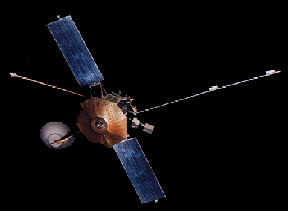
Mariner 10 was launched on Nov. 3, 1973, intended as a flyby of planets Venus and Mercury. It passed Venus in February of 1974, returning over 4000 photographs of the thick cloud cover which surrounds
...more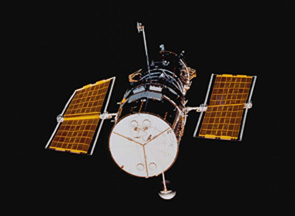
The Hubble Space Telescope (HST) was one of the most important exploration tools of the past two decades, and will continue to serve as a great resource well into the new millennium. The HST is credited
...more
Driven by a recent surge in space research, the Apollo program hoped to add to the accomplishments of the Lunar Orbiter and Surveyor missions of the late 1960's. Apollo 11 was the first mission to succeed
...more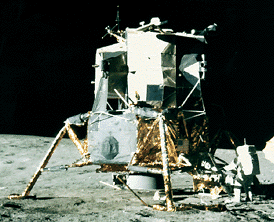
Apollo 12 survived a lightning strike during its launch on Nov. 14, 1969, and arrived at the Moon three days later. Astronauts Charles Conrad and Alan Bean descended to the surface, while Richard Gordon
...more
Apollo 15 marked the start of a new series of missions from the Apollo space program, each capable of exploring more lunar terrain than ever before. Launched on July 26, 1971, Apollo 15 reached the Moon
...more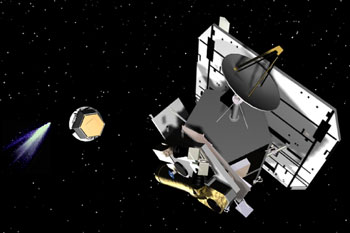
NASA chose Deep Impact to be part of a special series called the Discovery Program on July 7, 1999. In May 2001, Deep Impact was given the "go" from NASA to start with mission development. Deep Impact
...more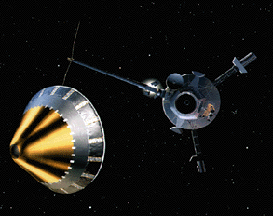
The Galileo spacecraft was launched on October 19, 1989. Galileo had two parts: an orbiter and a descent probe that parachuted into Jupiter's atmosphere. Galileo's primary mission was to explore the Jovian
...more















